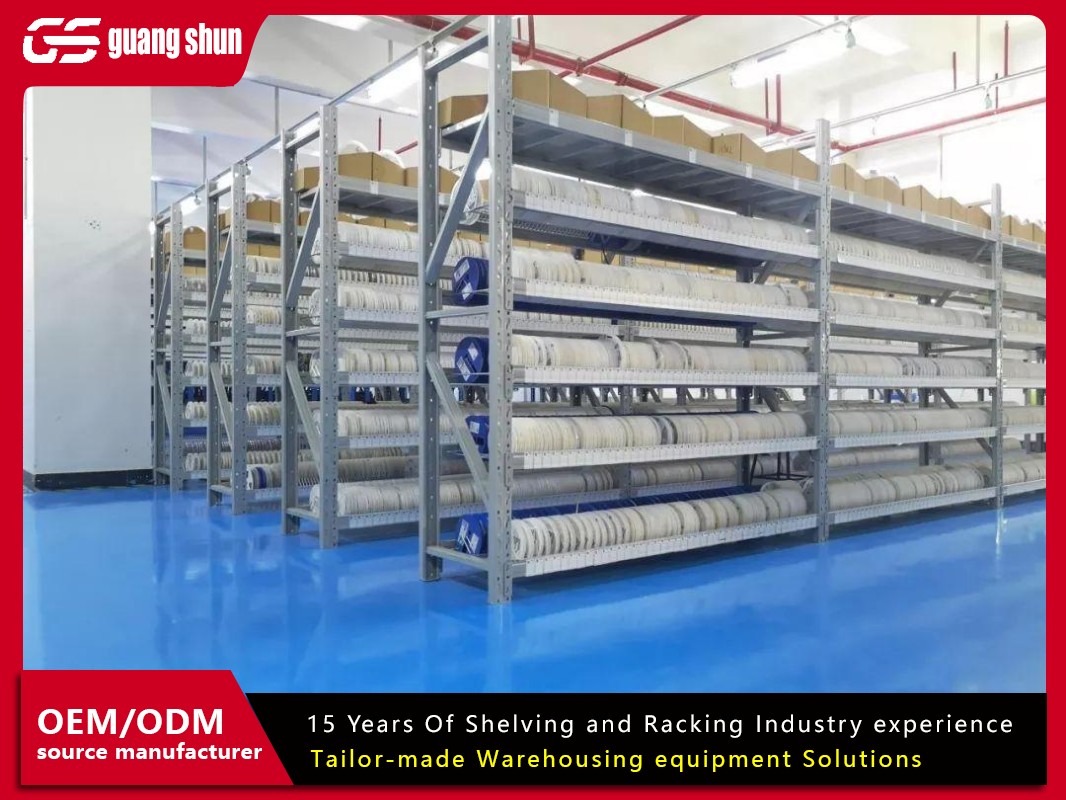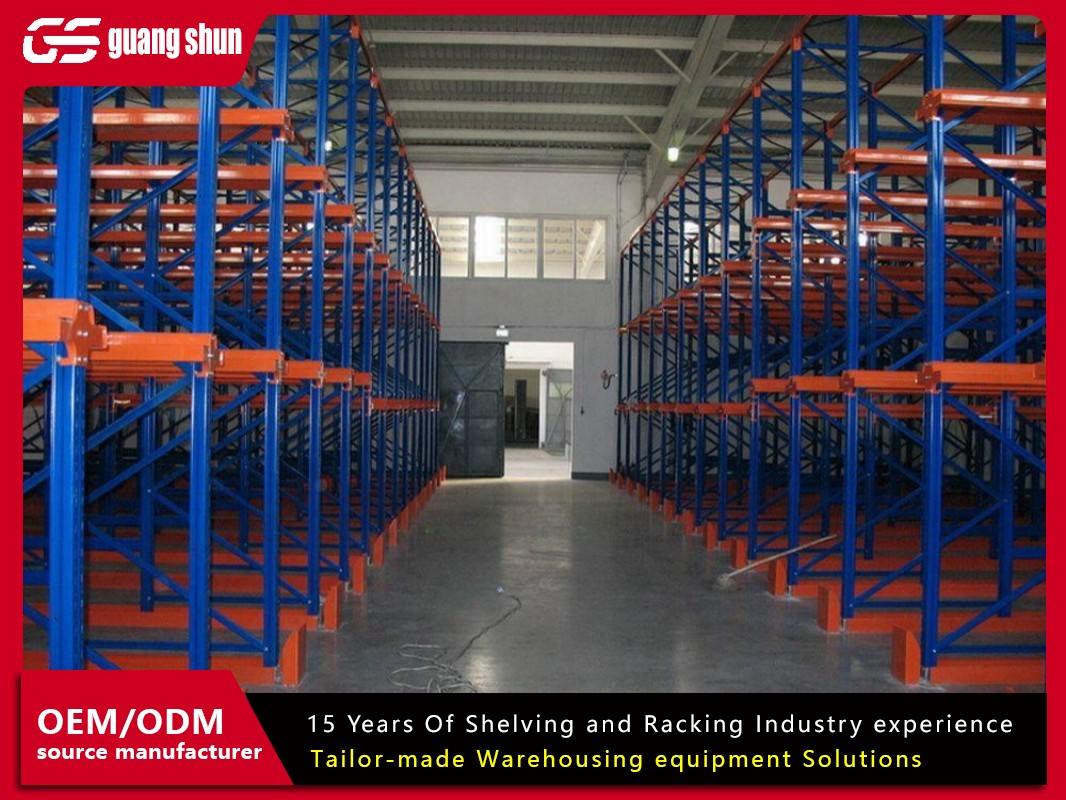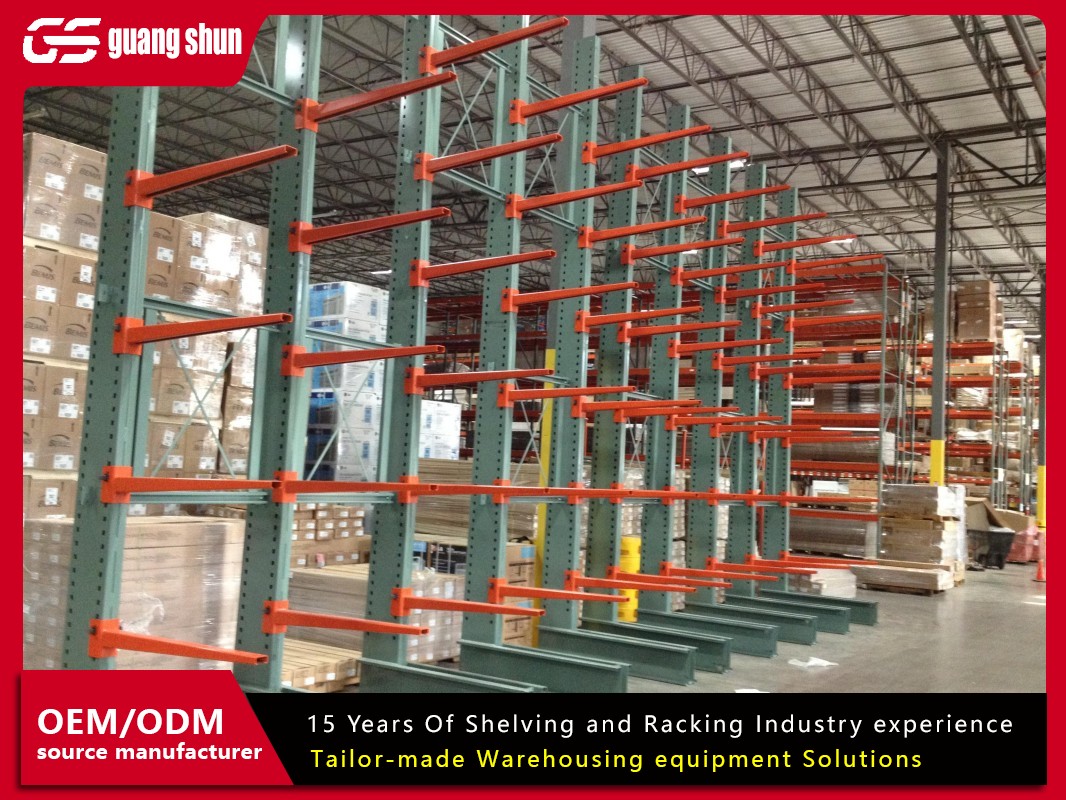In the dynamic commercial landscape of Dubai, where prime real estate comes at a premium, businesses are constantly seeking innovative solutions to optimize their operations. Efficient storage is no longer a luxury but a critical component of logistical success. This is where the strategic implementation of a multi tier racking system in Dubai becomes a game-changer. These systems, also known as mezzanine floors or shelving structures, transform underutilized vertical space into highly functional storage areas, directly addressing the challenges of space constraints and high rental costs. This article provides a comprehensive exploration of why a multi tier racking system in Dubai is an essential investment for modern warehouses and distribution centers.
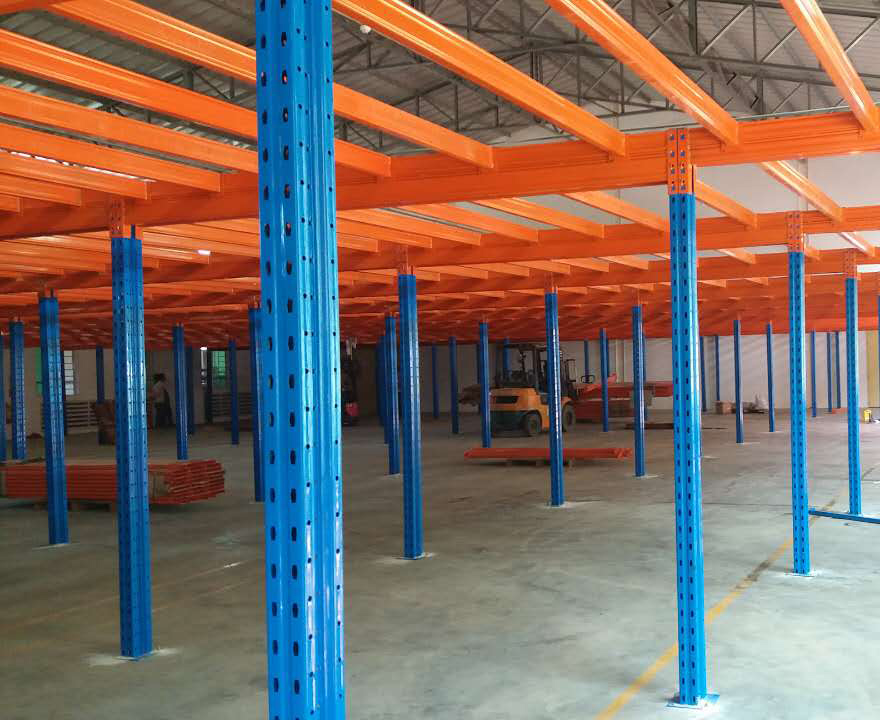
Understanding the Multi Tier Racking System
At its core, a multi tier racking system is a structural framework designed to create multiple levels of storage within a single footprint. Unlike traditional single-level shelving, these systems are engineered to support significant weight and facilitate safe access to stored goods at various heights. The typical construction involves robust steel beams and columns that form a stable platform, upon which shelving units, pallet racks, or even workstations can be installed. The adaptability of a multi tier racking system allows it to be custom-designed to fit the exact dimensions and load-bearing capacity of any warehouse in Dubai, from Jebel Ali's massive logistics hubs to smaller industrial units in Al Quoz. This flexibility makes it a universally applicable solution for a wide range of industries.
Key Advantages of Installing a Multi Tier Racking System in Dubai
The decision to install a multi tier racking system in Dubai is driven by several compelling benefits that directly impact a company's bottom line and operational efficiency.
Optimal Space Utilization: The most significant advantage is the dramatic increase in storage capacity without expanding the warehouse's physical footprint. By building upwards, businesses can double or even triple their available storage area, making the most of Dubai's high-ceilinged industrial facilities.
Cost-Effectiveness: Given the high cost of leasing additional warehouse space in key areas like Dubai Industrial City or Dubai South, investing in a multi tier racking system is a far more economical long-term strategy. The return on investment is often realized quickly through savings on potential rental expansions and increased storage density.
Enhanced Organization and Inventory Management: These systems bring structure and order to a warehouse. By designating specific tiers and sections for different product categories, SKUs, or order batches, businesses can streamline their inventory management. This leads to faster picking times, reduced errors, and improved overall workflow.
Improved Safety and Accessibility: A professionally designed and installed multi tier racking system incorporates essential safety features such as staircases, guardrails, and gates. This provides secure access for personnel and equipment, minimizing the risk of accidents compared to improvised storage solutions. Proper organization also reduces clutter on the main floor, enhancing safety for forklift operations.
Scalability and Flexibility: As a business grows, its storage needs evolve. A multi tier racking system can be reconfigured, expanded, or even relocated to accommodate changing inventory levels or operational processes. This scalability is crucial for businesses in Dubai's fast-paced market.
Common Applications Across Dubai's Industries
The versatility of the multi tier racking system makes it suitable for a diverse array of sectors that form the backbone of Dubai's economy.
Logistics and Distribution: For 3PL (Third-Party Logistics) providers and e-commerce fulfillment centers, speed and accuracy are paramount. Multi-tier systems allow for efficient sorting, storing, and retrieving of a vast number of products, facilitating quick order turnaround.
Retail and Wholesale: Businesses storing a wide variety of goods, from automotive parts to consumer electronics, use these systems to manage their bulk inventory and seasonal stock effectively, keeping the main sales floor uncluttered.
Archival and Document Storage: Many offices and government entities in Dubai require secure, long-term storage for files and records. A multi tier racking system offers a compact and organized solution for archival purposes.
Manufacturing: Plants use mezzanine levels not just for storing raw materials and finished goods but also for creating elevated work platforms for assembly lines or housing heavy machinery.
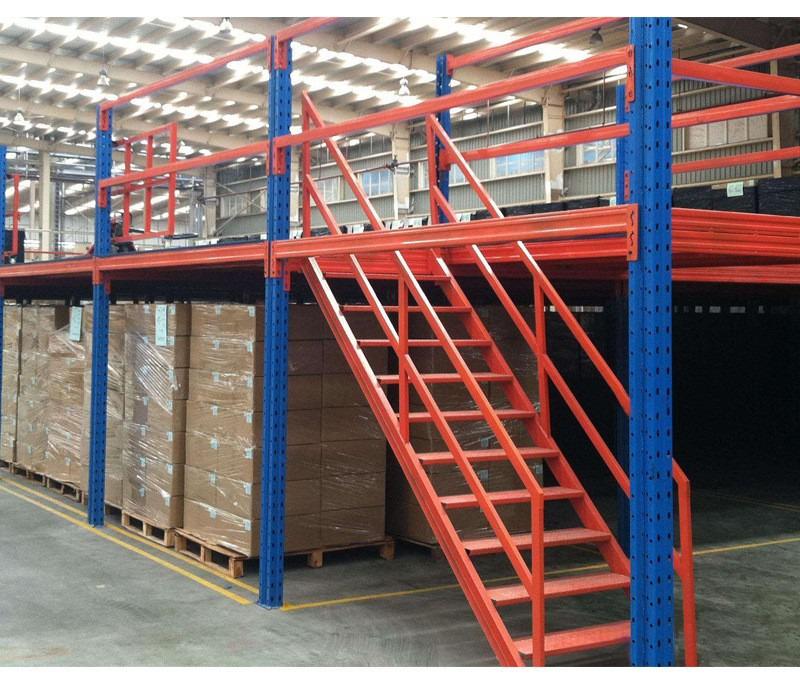
Critical Considerations Before Installation
Implementing a multi tier racking system in Dubai is a significant project that requires careful planning. Several factors must be considered to ensure a successful outcome.
Warehouse Dimensions and Ceiling Height: The available vertical space is the primary determinant of how many tiers can be viably constructed. A professional assessment of clear ceiling height is essential.
Floor Load Capacity: The existing warehouse floor must be able to support the additional weight of the racking structure, the stored inventory, and the personnel operating on it. A structural engineer may need to evaluate the slab.
Inventory Profile: The weight, size, and turnover rate of the items to be stored will influence the design, including the required beam strength, decking type, and the spacing between levels.
Access and Material Handling: The choice of equipment for loading and retrieving items—such as order pickers, pallet jacks, or conveyors—must be integrated into the system's design, including aisle widths and entry points.
Addressing Common Questions About Multi Tier Racking Systems
Businesses exploring this solution often have several important questions.
Do I require approval from Dubai Municipality or other authorities to install such a system?
Yes, this is a crucial step. Most installations, especially those of a certain size or that alter the building's structure, require a permit from the Dubai Municipality or the relevant freezone authority (like DAFZA or JAFZA). Reputable suppliers typically guide clients through this process to ensure full compliance with local safety and building codes.
What is the typical lead time for design and installation?
The timeline varies based on the project's complexity and size. Generally, the process involves consultation, design, authority approval, manufacturing, and installation. A standard project can take anywhere from a few weeks to a couple of months. It's advisable to plan well in advance of when the additional storage space is needed.
How much weight can a multi tier racking system support?
The load capacity is not a fixed number but is determined by the structural design. A qualified engineer will calculate the capacity based on your specific requirements. Systems can be designed to handle anything from light archival documents to extremely heavy industrial parts.
What safety features are non-negotiable?
Essential safety features include certified structural integrity, secure staircases with handrails, protective guardrails around all elevated platforms, safety gates at staircase openings, and proper signage. Fire safety systems may also need to be extended to the new levels.
Can the system be relocated if we move to a new warehouse?
While primarily designed as a permanent installation, many **multi tier racking systems** are bolted rather than welded, making them semi-permanent and potentially relocatable. However, disassembly, transport, and reassembly incur additional costs and require a new structural assessment for the new location.
In a city that thrives on efficiency and innovation, the multi tier racking system in Dubai stands out as a profoundly smart logistical solution. It directly tackles the challenge of expensive and limited space by unlocking the potential of vertical cube. For any business involved in storage, distribution, or manufacturing, investing in a well-designed multi tier racking system is not just about adding shelves; it's about building a foundation for greater efficiency, enhanced safety, and sustainable growth. By carefully considering the specific needs of your operation and partnering with experienced professionals, you can transform your warehouse into a highly optimized, competitive asset in the heart of the region's logistics hub.



